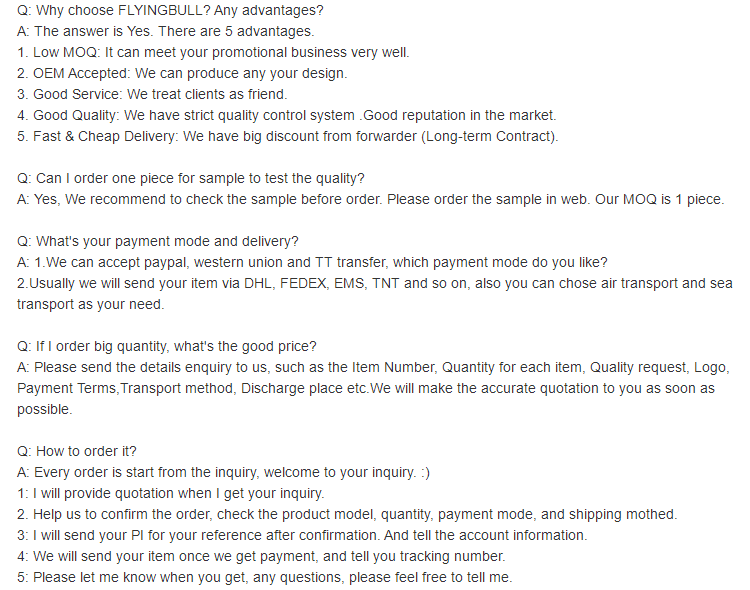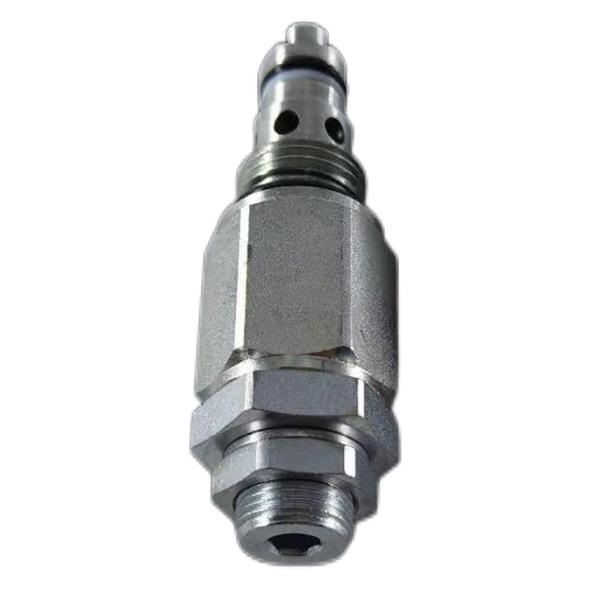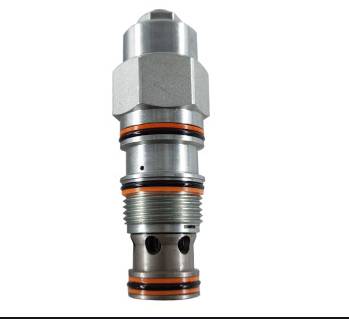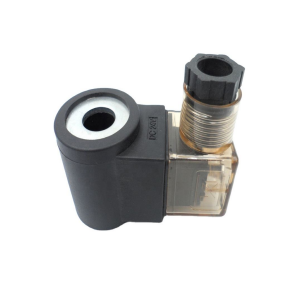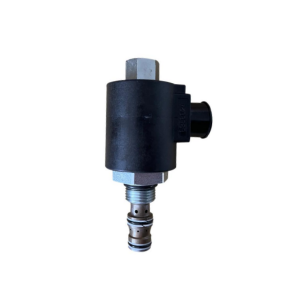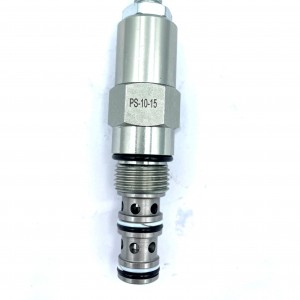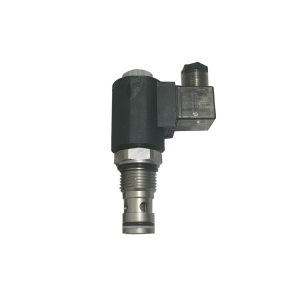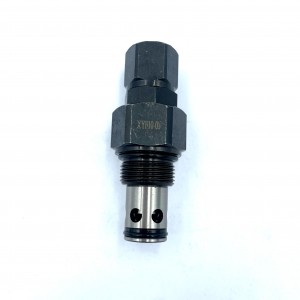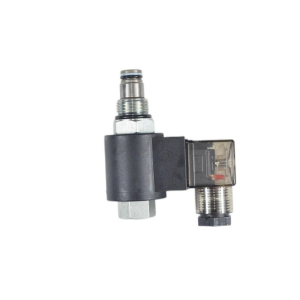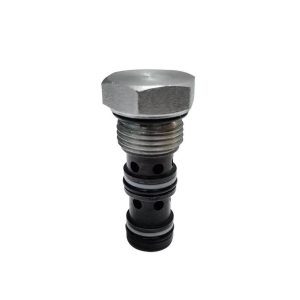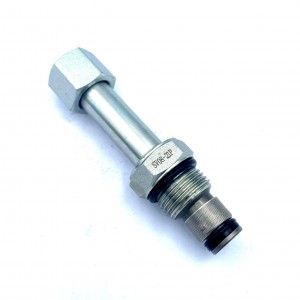Proportional Solenoid Valve TM82501 24V
Details
Sealing material:proportional solenoid valve
Pressure environment:ordinary pressure
Temperature environment:one
Optional accessories:proportional solenoid valve
Type of drive:power-driven
Applicable medium:petroleum products
Points for attention
The valve core of a proportional solenoid valve is controlled by a proportional solenoid, making the output pressure or flow rate proportional to the input current. So the output can be continuously controlled by changing the input signal
Pressure or flow rate. Some valves also have the function of controlling the size and direction of the flow. According to proportional valves, they can also be classified into three major categories: pressure proportional valves, flow proportional valves, and directional control valves.
Proportional valves are based on common pressure valves, flow valves and directional valves. They use proportional electromagnets to replace the original control parts and continuously and proportionally control the pressure and flow of the oil flow according to the input electrical signals
Quantity or direction can be remotely controlled. Proportional valves generally have pressure compensation performance, and the output pressure and flow rate can be unaffected by load changes.
The proportional valve can control the size of the output by PWM waves, and the output is continuous.
The following figure shows the block diagram of the working principle of the proportional valve. The command signal is amplified in power by a proportional amplifier and proportionally outputs current to the proportional solenoid of the proportional valve. The proportional solenoid outputs force and
By proportionally moving the position of the valve core, the flow rate of the liquid flow can be proportionally controlled and the direction of the liquid flow can be changed, thereby achieving the control of the position or speed of the actuator. In some pairs of positions or speeds, it is precise
In applications with high precision requirements, a closed-loop control system can also be formed by detecting the displacement or speed of the actuator.
Product specification



Company details
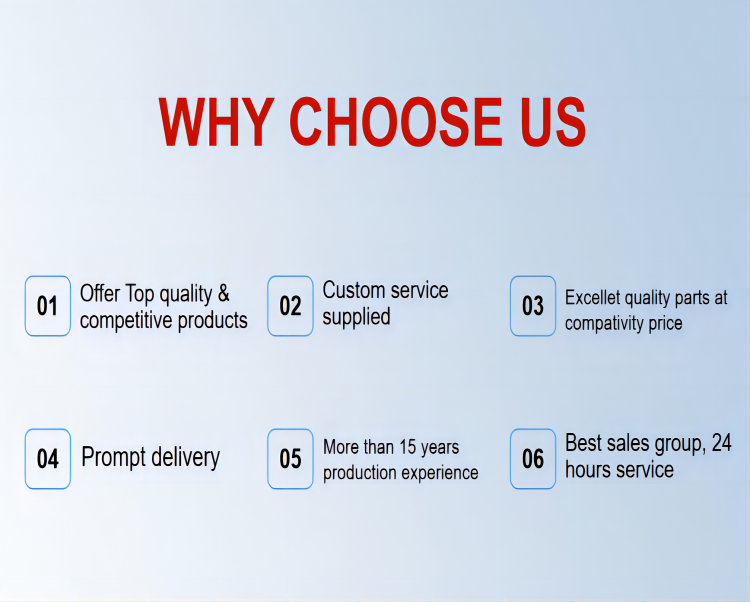
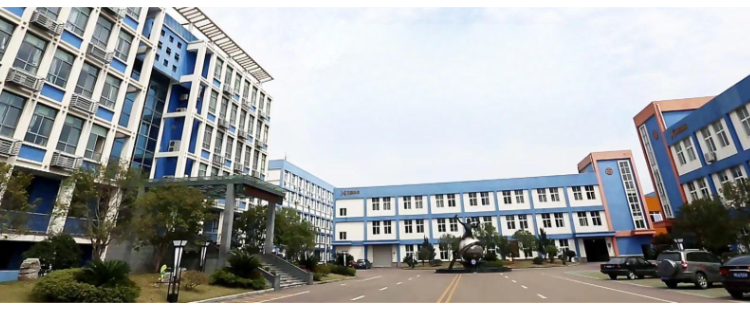
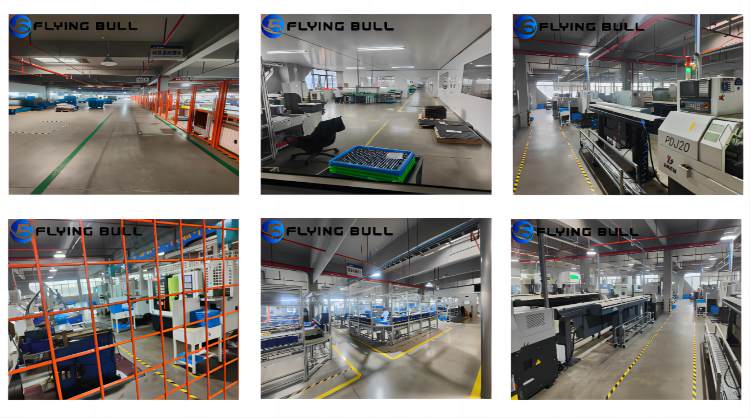
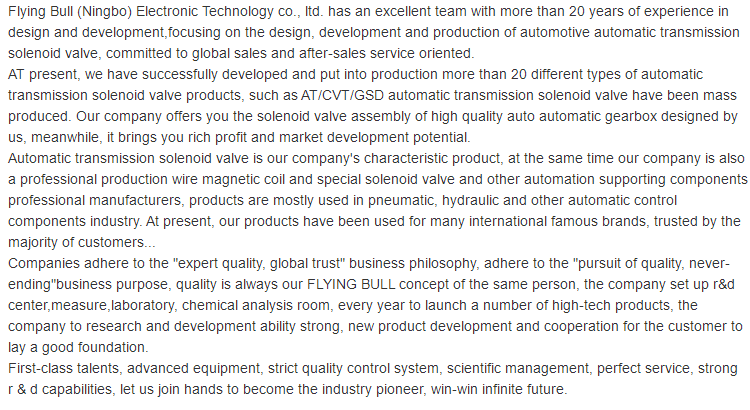
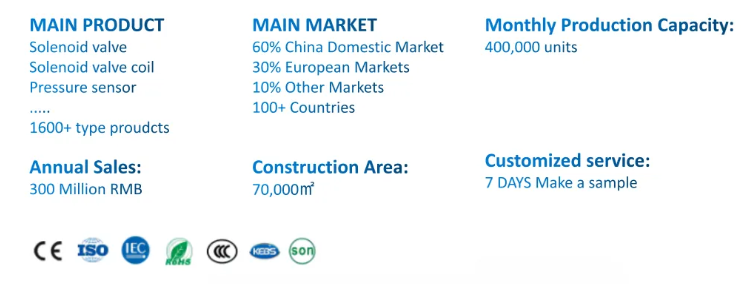
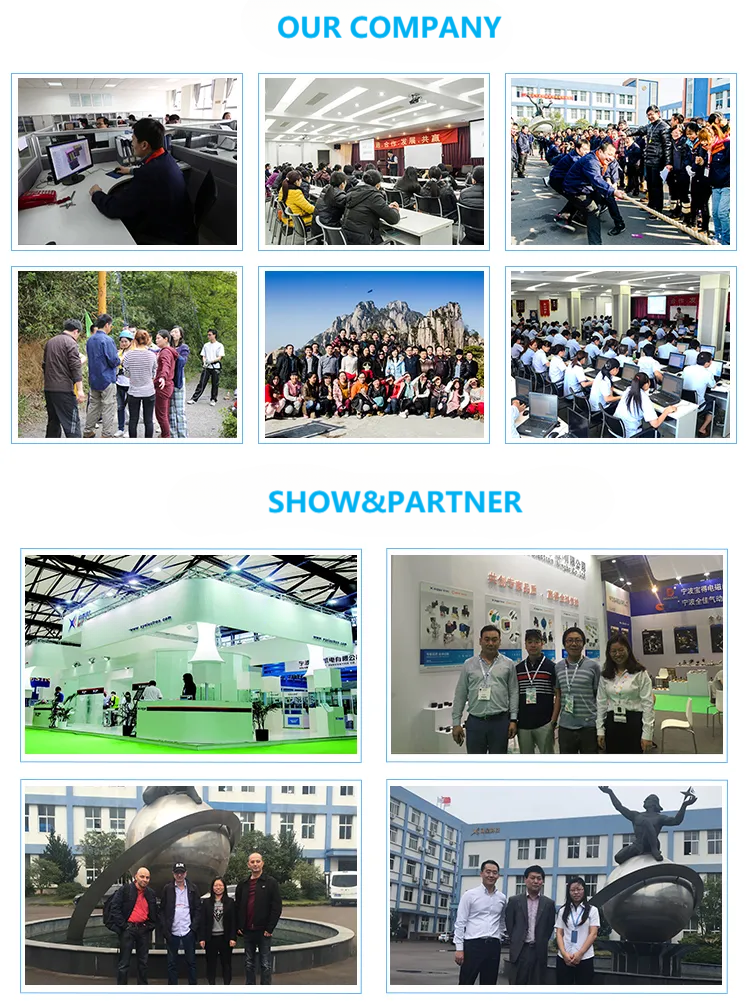

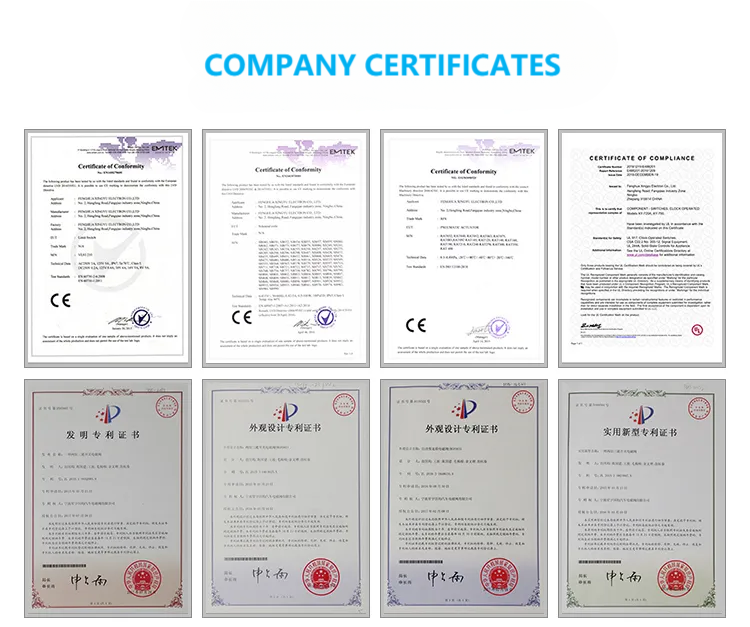
Company advantage
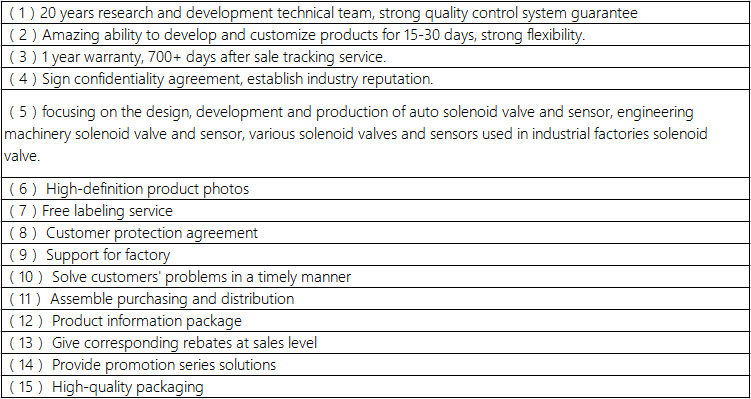
Transportation

FAQ
